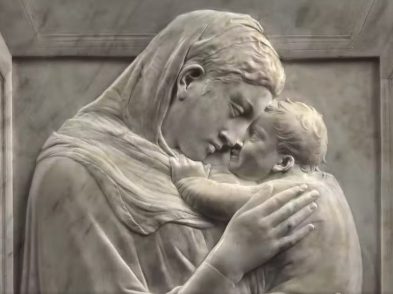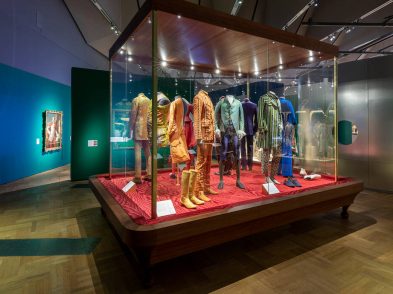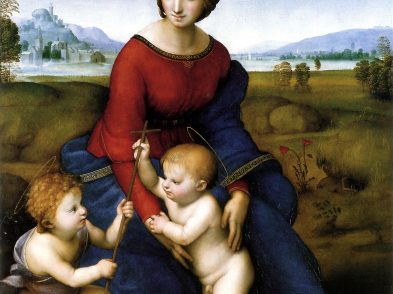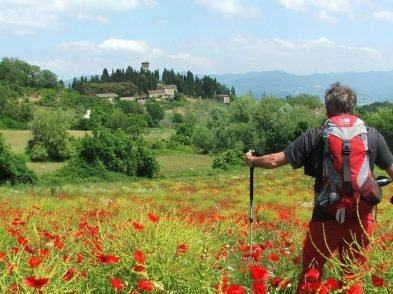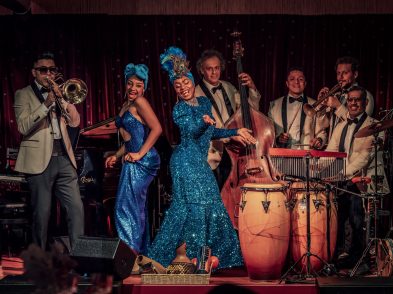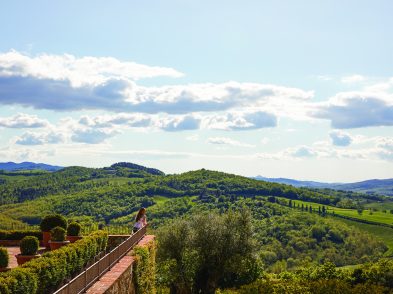
The majestic location of the Medici Villa in Seravezza, designed by Buontalenti, in the shade of the Apuan Alps, provides an elegant frame for the works of the Livornese artist Mario Puccini (1869–1920), called by some the ‘Italian Van Gogh,’ at the exhibition Mario Puccini: The Passion of Colour, from Fattori to the Twentieth Century.
The exhibition offers a unique occasion to admire Puccini’s paintings, most of which are on loan from private collections, alongside a display of original documents, including letters dating to a dark time in a mental hospital. The paintings and the documents together bear witness to the artistic and human experience of Puccini, the ‘reborn painter’ of modern Italian art.
One of five children of a baker, Puccini, whose talent as spotted by Giovanni Fattori, the acclaimed artist and one of the leaders of the Macchiaioli, gave up kneading bread dough to enroll at the Accademia di Belle Arti in Florence at the age of 15. His audacious choice was not well received by his parents, and even though he returned several years later with the title of professor, ready for a respectable career as an art teacher, Puccini’s life was not to be as bright as the colours of his palette.
In 1893, his family had him committed to a mental hospital of Siena for persecution mania, depression and recurrent delirious state, plus a ‘devotion to Venus and Bacchus,’ as his father stated. It is possible that he was simply difficult, or too different from his family, who found the mental hospital an easy solution, or he had serious mental illness. In any case, ‘treatment’ in those days rarely produced rehabilitation, and the fact that Puccini survived four years of it testifies to his strength. Upon his release, he offered a sad portrait of himself. His friend and fellow artist Llewellyn Lloyd describes him as a lonely, thoughtful, downcast man. He was employed as a waiter, he made designs for embroiderers and milliners and he wandered around the country, sometime haberdasher, sometime artist, selling and painting, but gradually coming out from the darkness of his mind to the study of light and vistas, to the explosion of colours he is now known for.
The exhibition begins with paintings of masters who inspired and encouraged him, among them Fattori and Silvestro Lega. It includes those of his friends Plinio Nomellini, Oscar Ghiglia and Lloyd, with whom Puccini shared coffee breaks at Caffè Bardi in Livorno but who proved luckier than he with merchants and collectors. In those early years, portraits and figurative studies prevail in Puccini’s work: The Model (1890) and the Ave Maria (1887) exude a subtle melancholy tenderness together with strong colour and tones, and an interest in everyday subjects. The new century, however, seemed to bring new inspiration, evident in his masterpieces Vele al sole, Il Fienaiolo, La Metallurgica, Il Lazzeretto—glorious chromatic tapestries of Livorno, its surroundings, its people and their everyday labour.
Then, from 1912, without breaking his attachment to the places of his youth, Livorno and its coast, light and colours, Puccini raised his eyes to the mountains. The Apuan Alps worked the same magic on him as they had Michelangelo, who laid the foundation of the modern marble industry in Versilia. Puccini was fascinated not just by the beauty of the mountains but by the gritty reality of the marble quarries and the hard life of the quarrymen. His recurring visits to Versilia and stays in Seravezza are reflected in Traino del marmo, Buoi nell’Uliveto, Paese and Ritorno dal lavoro in Versilia. Seravezza and its surroundings also appealed, and he explored some of his most cherished themes: the hardships of the everyday life of simple, humble people living in harmony with nature around them. His depictions of people, nature and animals provide vivid and dynamic snapshots of this world.
It is therefore appropriate that Seravezza is the site of this exhibition, sponsored by the Fondazione Terre Medicee, Comune di Seravezza and Istituto Matteucci di Viareggio and curated by Nadia Marchioni and Elisabetta Palminteri. And although Puccini eschewed the world of art galleries and the fine homes of collectors, the venue itself is also fitting: the imposing Medici villa, a UNESCO World Heritage site, was commissioned by Cosimo I as a country residence for his wife, who, while he oversaw the works at the quarries, enjoyed fishing in the Serra stream.
Mario Puccini:La passione del colore, da Fattori al Novecento.
Until November 2, 2015
Palazzo Mediceo di Seravezza
Viale Leonetto Amadei, 358, 55047 Seravezza (Lucca)
Thursday–Saturday, 3pm to 10pm; Sunday 10:30am to 10pm
Entrance 6/4 euro; family rate available
www.palazzomediceo.it; 058/4757443
Getting there:
By car
From Forte dei Marmi follow directions to Seravezza (6 km) The villa is visible from the road and ample parking is available.


